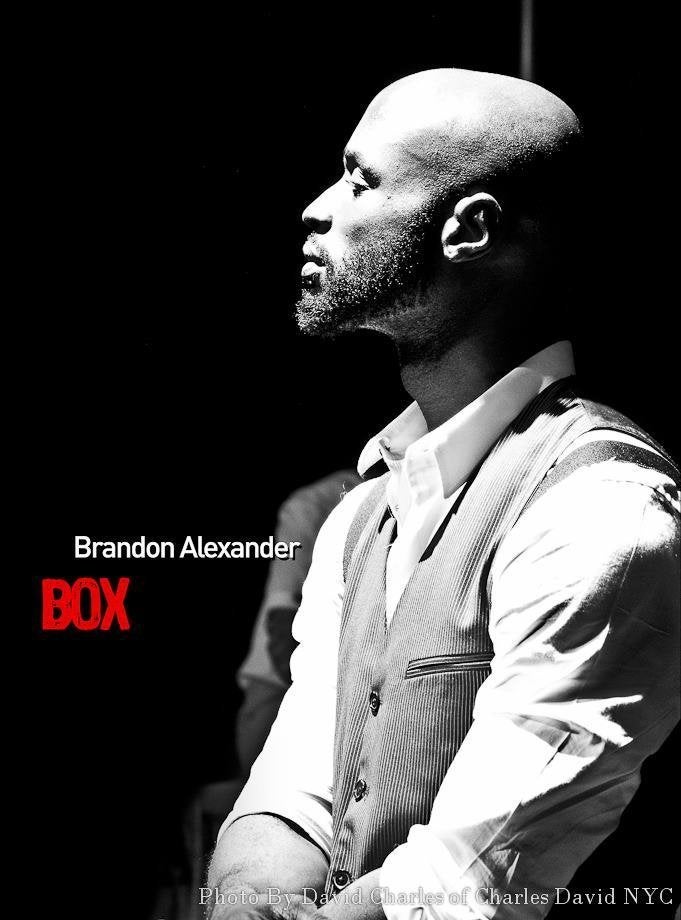
Peter Marks of the Washington Post recently wrote an angry response to Arena Stage's banning of the press from its weekend convening of great theater minds (who gathered November 4-5 in Washington to discuss the relationship of the commercial to the nonprofit sector in the development of new plays). Marks' article triggered a flurry of responses from the theater world, including a defense by theater academic Diane Ragsdale who had been hired by Arena Stage to "scribe" the conference.
The whole situation struck me as an interesting example of "be careful what you wish for." The buzzword of the nonprofit arts sector today is "transparency." We have been reminded over and over again that only those organizations that truly "engage" their audiences will survive, and that audience engagement is directly connected to true participation. In other words, it is no longer enough for an audience to come to a culture event and absorb it as a consumer; audiences want to get inside the making of the work, to engage with the artists in real time and even to make their own work in response to or in relationship to what they have seen.
This kind of engagement can be extremely invigorating. I have always been a huge fan of theater as a trigger for civic dialogue: indeed, I adore our audience in the Bay Area so much precisely because they are hungry to talk about and engage with the work they see on stage. Clearly for many of our audience members, the arts are a reflection of their own current social thinking and a way to continue a dialogue already bouncing around in their minds. Inviting an audience to participate in a dialogue about the work is, naturally, a critical and necessary component of what we do.
But lately, the "transparency" buzzword has given me pause. The making of art is not always served by thrusting the process into the public arena. Diane Ragsdale has written eloquently in her blog JUMPERS about the perils of putting a "work-in-progress" in front of an audience before it is ready to be seen. While this is certainly a "transparent" act, and invites an audience to comment on the work as it is being made (as Ragsdale astutely points out, an audience that has paid good money for a "world premiere" deserves to comment on what is has seen) I question whether ultimately "transparency of artistic process" is always good for the work itself. The rehearsal process is a place of failure and humiliation, of courage and starting over; it is not necessarily helpful to invite that safe space to become an open arena for the edification and delectation of the public.
In part this is because, as W. McNeil Lowry so eloquently wrote in 1977, "Imagination -- lyrical, artistic or mechanical -- is the mortal enemy of habit and routine." You can set up many mechanisms to encourage creative work to flourish, but you never know when, out of the mud, something valuable is going to emerge. And if an audience is sitting watching the process, artists inevitably feel an obligation to "deliver," and so they will rush through a moment or ignore the value of a real impasse. I know this from decades of welcoming donors to "invited dress rehearsals." The donors naturally long to see "theater being made," but sometimes the solving of a problem on stage can involve the arduous and boring refocusing of a light or the delicate re-callibration of a performance, and that is difficult to do in front of a crowd. I would hate to think that the more "transparent" we become, the more our artistic works-in-progress are manipulated to provide a good show for a viewing public. The most important thing, surely, is that the work itself have some magic, some mystery, some beauty, come opening night. Theater-making is both a craft and a mystery, and sometimes the mystery has to be protected, and even celebrated. Everyone doesn't have to see behind the curtain for the event to be effective.
The same is true for conversations. I have no idea what this weekend's conversation at Arena Stage entailed since I wasn't a part of it, but I would assume that a certain degree of frankness was desirable. We are already a profession of "spin" and euphamism: I can't remember the last theater convening I have been to at which people actually said what they thought. The consequences are too fearful: if artists tell the truth or express doubt, there is a risk that funders will think they don't know what we are doing, organizations they admire will no longer want to hire them, and the press will crucify them (witness the public vilifying of director Julie Taymor when she spoke at the most recent TCG Conference about her "Spiderman" debacle).
It was peculiar for Arena Stage to announce their weighty conversation to the press and then forbid the press to attend, particularly after having trumpeted the "transparency card" so volubly in other areas of their business. But rather than feel bereft that the rest of us weren't in the room and can't read all about it in the Washington Post, we would be wiser to spend our energy encouraging sophisticated and open conversations in our own communities and organizations, and then getting back into the rehearsal room and trying to make some really good work. As the director Mike Nichols once said: "Directing is like making love: you never get to see anybody else doing it, so you're never sure if you're doing it right." That's the beauty of it! Even Peter Marks is not invited into the bedroom.